Keeping Your Learners’ Attention: How Our Brain Decides What to Focus On
Learnkit
FEBRUARY 22, 2016
Candy Crush is calling our name… In John Medina’s book, Brain Rules , we learn how the brain works. This blog will explore each component and evaluate how incorporating each theory can benefit a learner’s elearning experience. May not have expected a reference to Candy Crush at the start of the article, did you?


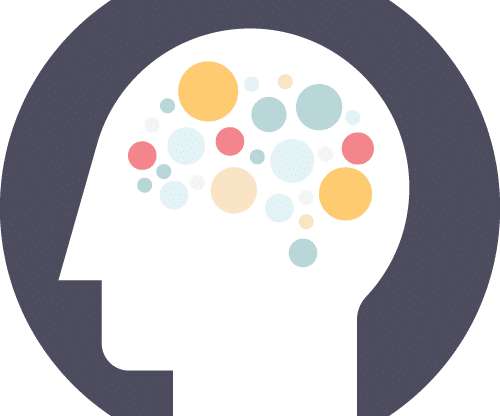



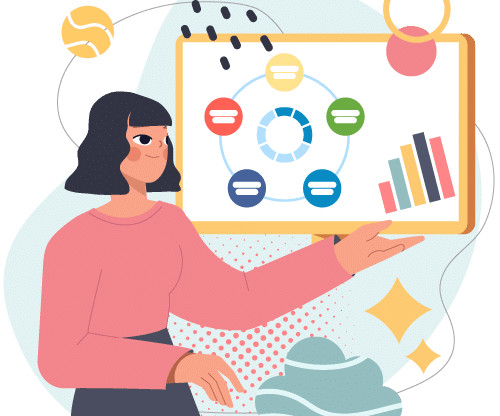
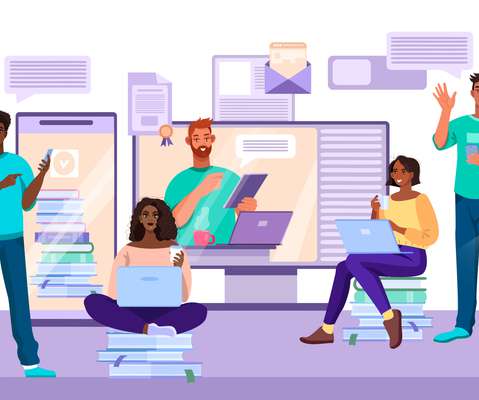
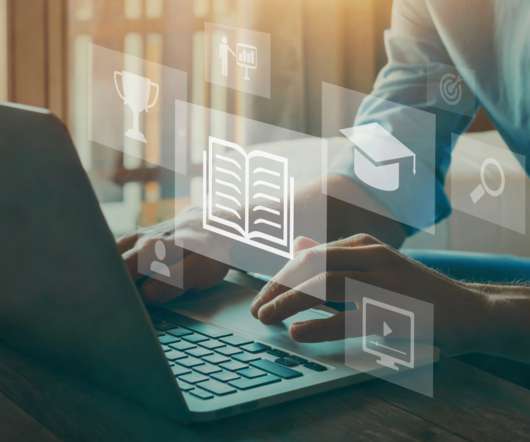
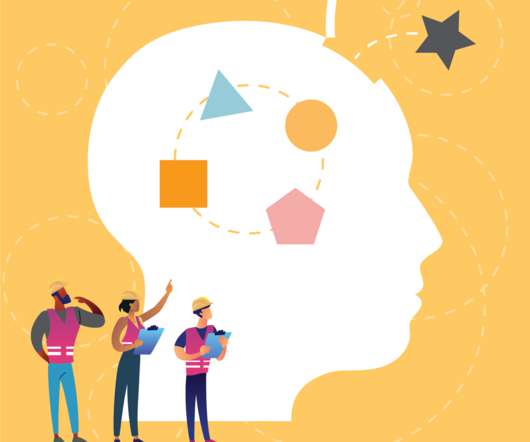












Let's personalize your content